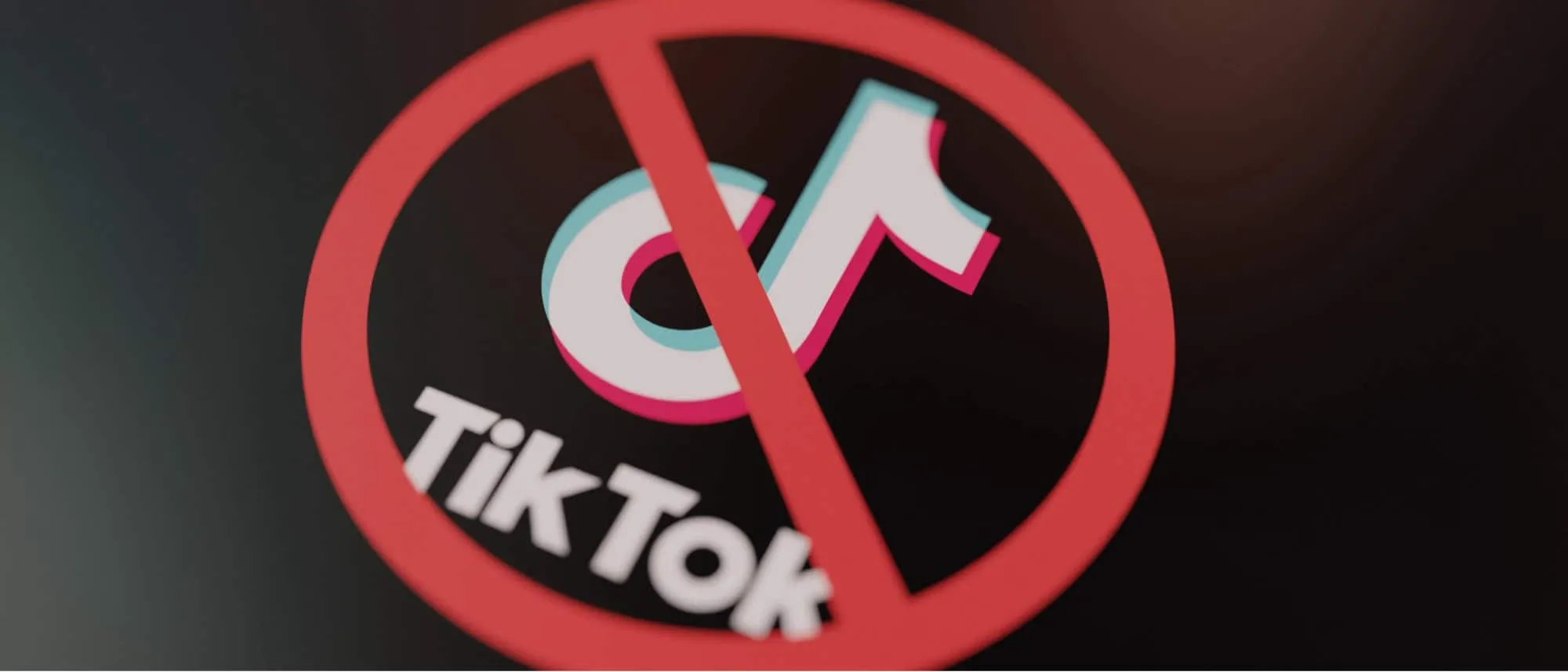TikTok Is Banned in the U.S.: Here’s What Marketers Need to Know Now
TikTok Is Banned in the U.S.: Here’s What Marketers Need to Know Now


Director of Emerging Media & Platform Strategy
TikTok fundamentally reshaped the digital and cultural landscape, making it one of the most influential social media platforms of the last decade. Since its U.S. launch in 2018, it grew from a quirky, hyper-personalized video-sharing app into a cultural juggernaut that dictates trends across music, fashion, beauty, news, and e-commerce. More than any platform before it, TikTok empowered niche creators to achieve mainstream influence, revolutionized short-form video content, and redefined how younger generations consume media.
All this is now ending. As of January 19, 2025, TikTok is banned in the U.S., per a law Congress passed in 2024 to address national security concerns over parent company ByteDance’s access to American user data. (The ban also survived a Supreme Court challenge earlier this month.) Other ByteDance-owned apps, including CapCut, Lemon8, and Hypic, may also face bans.
What has made TikTok so valuable, and why there’s no single replacement, is a story bigger than just entertainment or communication.
Its impact on commerce, for example, has been staggering. By seamlessly integrating product discovery and purchasing, the platform’s TikTok Shop feature has revolutionized social commerce. During Black Friday 2024, TikTok Shop generated more than $100 million in sales, tripling its performance from the previous year. The app’s e-commerce activity makes it the eighth-largest retailer in the U.S., and 70% of its users discover new brands and products on TikTok, with 83% saying the app influences their purchase decisions. High-profile brands like E.l.f. Beauty, Nike, and HeyDude have leveraged TikTok’s unique format to create viral marketing campaigns that translate into significant revenue.
The platform has also been a major driver of news consumption for younger audiences, with nearly one-third of Americans aged 18-29 using TikTok as a primary news source. This made TikTok a key player in information dissemination and it wielded considerable cultural and political influence.
Now marketers need to pivot. With the loss of one of their most powerful tools, here’s what they need to know to move forward:
News Consumption Will Remain Social – Just on Other Platforms
With the ban, “newsfluencers” who thrived on TikTok will likely migrate to places like YouTube, Instagram, Snap, and X to maintain their influence. These platforms will take center stage in digital news consumption, particularly for younger audiences.
Expect a surge in short-form video news content across platforms like YouTube Shorts and Instagram Reels, which will increasingly shape public conversations and influence marketing strategies. Marketers should focus on identifying influential voices on these platforms to stay relevant in digital discussions.
U.S.-Based Gen Z and Gen Alpha Will Find Workarounds
Younger generations are digitally savvy and resourceful, and many Gen Z and Alpha users will likely turn to VPNs and other tools to bypass restrictions. Countries like India, which banned TikTok in 2020, saw a surge in VPN usage as users sought to maintain access. Lauren Hendry Parsons of ExpressVPN noted that users can still access TikTok by changing their app store location and using VPNs to route their connections through countries where TikTok remains available. This trend suggests that marketers should continue investing in TikTok as younger users will find ways to stay connected.
TikTok till Has Enormous Reach Outside the U.S.
TikTok boasts a massive international user base, and for brands with global ambitions it remains an essential platform. Companies like Nike, E.l.f. Beauty, and HeyDude have demonstrated TikTok’s ability to generate global reach through branded challenges and influencer collaborations. Michael Maloof of Earnest Analytics said that TikTok Shop’s promotions align with major retail cycles across the world, increasing both user engagement and purchases. Marketers should continue to use TikTok to connect with audiences in Europe, Asia, and Latin America, where the platform’s growth remains strong.
In-App Online Shopping Is Here to Stay
Seamless, in-app shopping is one of TikTok’s most important successes. Brands now need to explore alternative in-app shopping options on platforms like Instagram Reels, YouTube Shorts, and Amazon Live, all of which have already courted TikTok creators and brands. Platforms like Snapchat Spotlight and Pinterest are also developing shopping features to capture displaced TikTok traffic. Marketers must adapt quickly to ensure their social commerce strategies remain robust.
Community-Centric and Owned Marketing Will Quickly Grow
TikTok’s ban underscores the importance of owning your audience, and marketers will increasingly prioritize building direct relationships with consumers through SMS marketing, email campaigns, and community-driven platforms like Discord. Concerns about consumer privacy will only make owning audience data more critical. Brands that build loyal communities through direct engagement will better handle platform disruptions. (TikTok’s ban may not be the last one.) Expect more marketers to embrace branded communities and exclusive content hubs as part of their long-term strategy.
Diversify Your Social Strategy
Relying too heavily on one platform may be an easy way to scale your business, but the TikTok ban reminds us that it’s an inherently risky strategy. Marketers should focus on multi-platform strategies that include YouTube Shorts, Instagram Reels, Snap Spotlight, and emerging platforms. Additionally, live-stream shopping is becoming a significant trend, as TikTok’s record-breaking live shopping events have shown. Brands should be prepared to adapt to new digital shopping behaviors and leverage live streaming to engage consumers in real time. Diversification will ensure your brand remains visible and relevant, regardless of platform-specific challenges.
TikTok has been significant enough in digital marketing that no single platform can completely replace it. And there’s always a chance the app returns in some form – if ByteDance finds a domestic buyer, for example. Regardless, its disappearance from the U.S. market should be a reminder to brands about the importance of diversity in a PR strategy – and how quickly the digital media landscape can change. Be prepared for more change as the new year unfolds.
Join the conversation here or get in touch below: